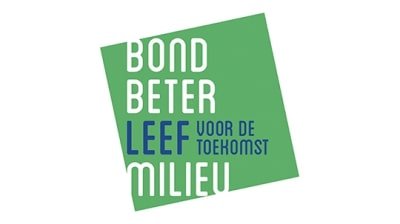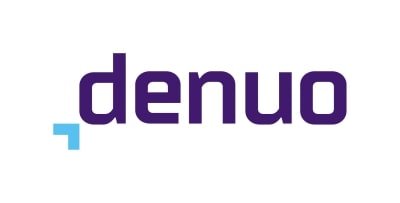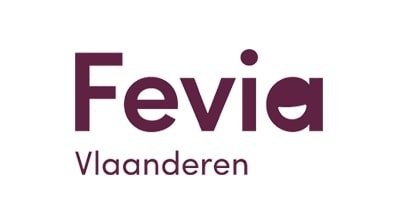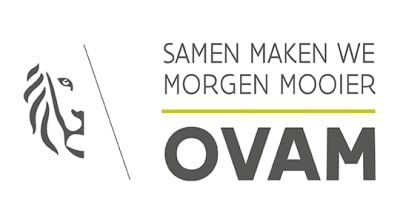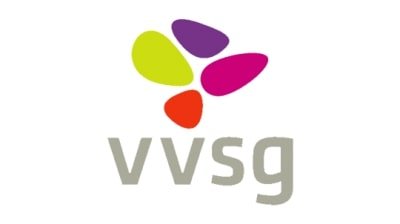Topics
We organise our actions in six thematic & strategic agendas:
Strategic Agendas:
Bio-economy
Circular Construction
Chemicals/Plastics
Manufacturing Industry
Food Chain
Water Cycles
Seven leverages provide additional support:
Leverage effects:
Lever Policy Instruments
Lever Circular Procurement
Lever Communication
Lever Innovation & Entrepreneurship
Lever Financing
Lever Jobs & Skills
Lever Research
What, why and how?
Why are we pursuing a circular economy?
Future visions 2050
How do we see our circular future?
About our management
Who steers what at Flanders Circular?
Resortecs Smart stitch
Soluble sewing thread for easier disassembly and recycling
The textile industry is the second most polluting industry in the world. Moreover, the recycling of clothing, mattresses and furniture is a complex and manual process, especially due to the combination of many different materials (fabrics, zips, buttons, etc.) There is an urgent need for technology that allows for more efficient re-use of textile waste streams and a move from a linear to a circular supply chain.
Resortecs contributes to this solution by inventing a bio-based and renewable thread that dissolves at high temperature. Products with seams made from this yarn are much easier to disassemble, allowing the various fabrics to be used in new ways.
We were able to prove the concept with a first prototype of the yarn. Now it is time to extensively test and validate the technical and economic feasibility and the full circular application of the yarn. Through this project, in cooperation with various partners, we have tested our sewing thread in an industrial setting and improved and optimised it where necessary.
Furthermore, we also conducted a Life Cycle Cost (LCC) and Life Cycle Assessment (LCA) to determine the economic and ecological impact of our automatic disassembly process. For these models and calculations, all actors of the value chain (brands, producers, sorters and recyclers) were contacted and questioned.
Regeneration BVBA
Sectors
Themes
Organisations
Website
MOST IMPORTANT
RESULTS
- This project allowed us to validate the technical and economic feasibility of our sewing yarn as well as its full circular application to the different textile products tested: clothing, shoes and furniture.
- We were also able to validate the business model and our way of working together, which ensures the circular promise and value proposition between the different stakeholders.
- Based on the findings of our test partners, we developed six different types of sewing thread that meet the requirements of all stakeholders (brands, garments, laundries, customers and recyclers).
- We calculated the environmental and economic benefits of the whole system for the different links in the chain (brands and manufacturers as well as recyclers) through life cycle costing (LCC) and life cycle assessment (LCA).
MOST IMPORTANT
LESSONS LEARNED
- During the trials and collaborations with various actors in the chain, we were able to demonstrate that our system unlocks circular economy in the fashion industry. After all, we make cost-efficient revaluation of textile products possible on an industrial scale without tradeoffs.
- A circular economy requires more than just technical solutions. The different stakeholders in the value chain need to be interconnected and be able to share product information in a simple and automatic way.
- Currently, there are still some production processes and assembly techniques (such as staples and glue in furniture and shoes) that form a barrier to rolling out a circular system in a large-scale industrial way.
- It would be interesting to adjust import/export and return legislation so that only traceable, demountable and recyclable products enter the local market, which can then be reworked in a cost-efficient, homogeneous and sustainable way.
WHAT DOES
THE FUTURE HOLD?
We want to further industrialise and market our sewing threads and applications in cooperation with our partners. We also want to develop a large-scale international commercial pilot of 50,000 products. There are also plans to build an automated and continuous disassembly line with an oven. Finally, we want to further develop dismountable rivet buttons and other alternative assembly techniques in fashion production.


